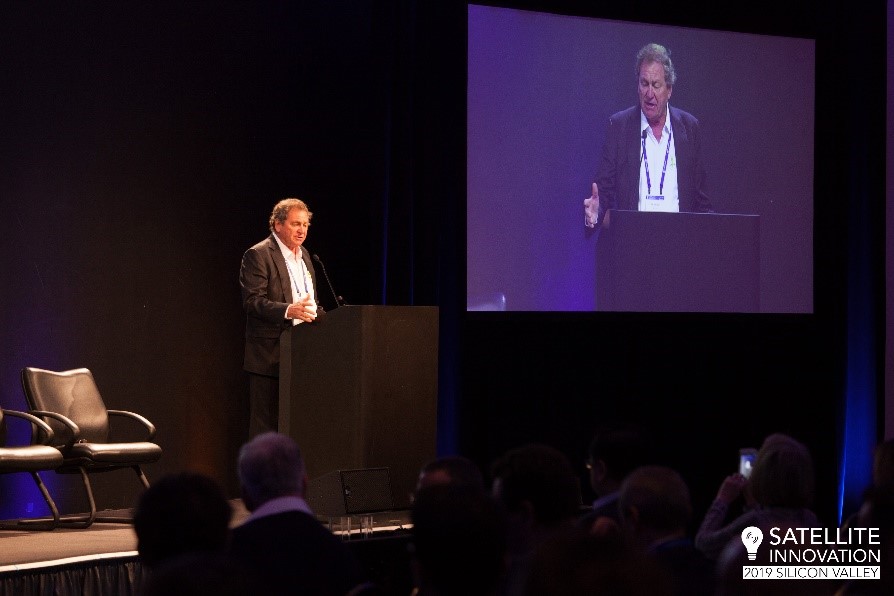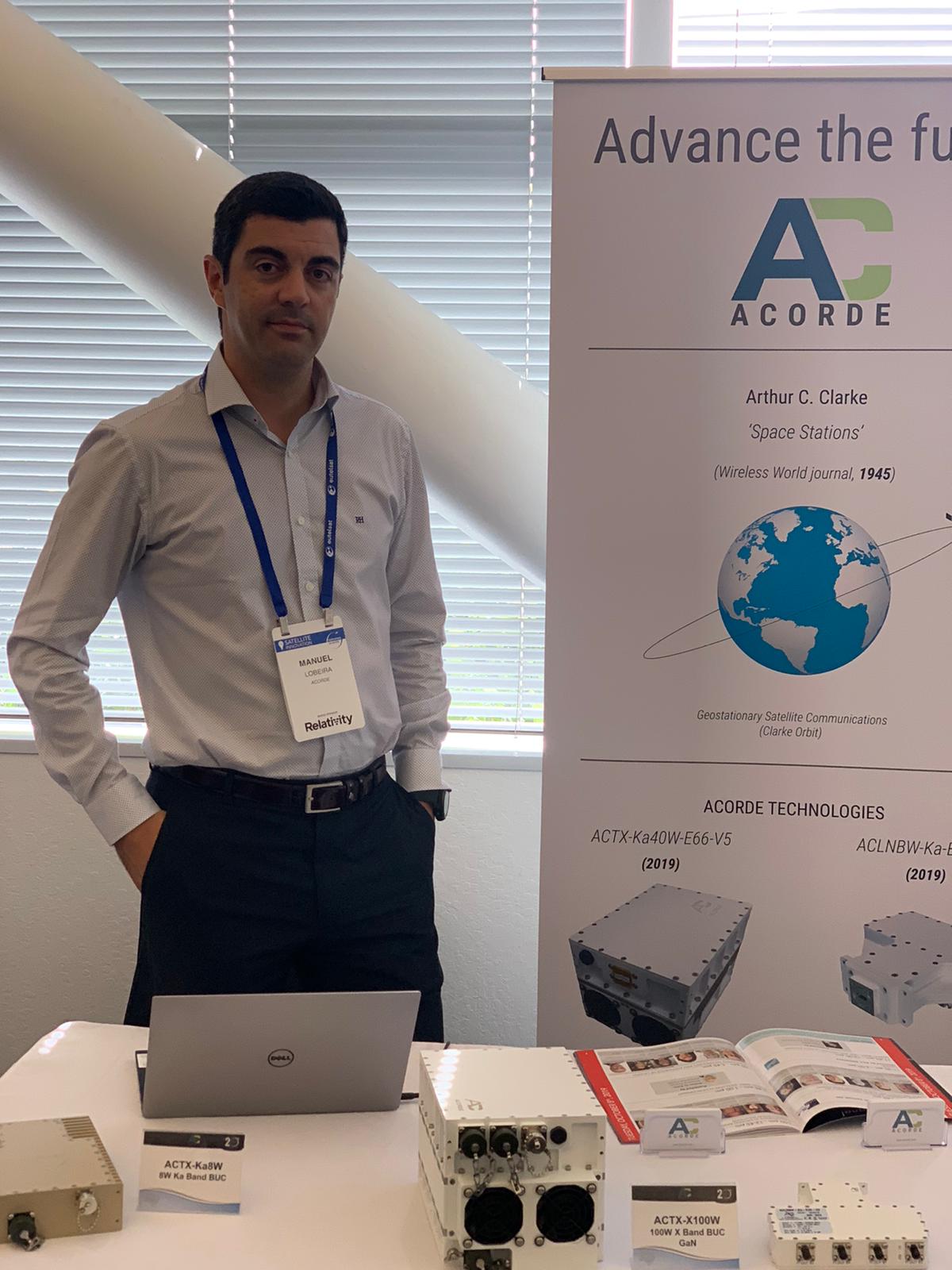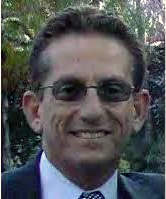The Satellite Innovation conference and exhibition held at the Computer History Museum in Mountain View, California from October 8-10 highlighted the latest industry trends and technological innovations. The conference featured over 120 speakers in 17 in-depth sessions and three keynote presentations. There was also an exhibition hall with 55 companies showcasing their products and services. The event organized by Satnews Publishers is now on its third year and is evolving into one of the must-attend industry events in the West Coast of the US.
  |
| Satnew Publishers Founder and CEO Silvano Payne addressing the conference. |
The conference was organized in key segments such as Tech Briefs and Market Briefs and roundtable discussions. Keynote addresses were given by Stephen Spengler, CEO of Intelsat, Mark Dankberg, Chairman and CEO of Viasat, and Dr. Fred Kennedy, former Director of the U.S. Space Development Agency. Chris Baugh, President of NSR gave a Market Briefing on the High Throughput Satellite (HTS) and new Low Earth Orbit (LEO) constellations.
In the his keynote, Viasat CEO Mark Dankberg was interviewed by Randy Segal from Hogan Lovells. Dankberg said Viasat is blending its geostationary satellite connectivity with low-latency terrestrial infrastructure so that customers can route traffic based on the best solution. The company is “very interested” in doing the same with LEO networks, too. He mentioned that co-building its ViaSat-3 satellites with Boeing has given the company experience it can leverage to multiply the capacity achievable with a next-generation ViaSat-4 system.
Viasat’s willingness to be so involved in building its satellites gives the company an advantage over competing operators according to Dankberg. Viasat is building the payloads for its trio of ViaSat-3 satellites in its own clean room in Tempe, Arizona, and relying on Boeing for the spacecraft platforms. The first of the three is projected to launch in 2021, over the Americas. of the three ViaSat-3 satellites it has under construction, each of which will carry a terabit or more of capacity. “We just wanted to show how we can get another factor of four, five, or six out of very straightforward evolutions of what we’re doing," said Dankberg.
Chris Baugh, President of NSR presented a Market Brief on the upcoming Low Earth Orbit (LEO) satellite constellations: He said that during the next 6-12 months the multimillion-dollar satellite mega constellations will be coming to a inflection point where some will succeed and some will take a pause or exit. New LEO satellite constellations being built by One Web, Telesat, Spacex and Amazon, among others, are in early phases of development. These companies are conducting research and development or starting to launch satellites but they have not yet reached the so-called "Valley of Death," where products and services often languish or die.
Baugh said “We’re in this early phase and we haven’t hit that chasm yet. We haven’t seen constellations drop out of the market yet. They’re still clicking along for better or worse.”
One of the Tech Briefs presentations was delivered by Yoel Gat, CEO of SatixFy who compared the technology of True Time Delay (TTD) antennas against the more popular Phase Digital Array (PDA) antennas. Gat listed the limitations of PDA antennas and said that TTD antennas will surmount all these limitations with superior performance.
 |
| Manuel Lobreira, CEO of ACORDE showcasing their new compact BUCs in Ka- and X-Band. |
Among the companies exhibiting at the show is ACORDE. The company is showcasing its new 40W BUC in Ka band. It is an extremely with a weight lower than 11 lbs. Another compact unit is the 100 W BUC in X band, weighting 13 lbs. On the receiver side, the wideband LNBs in Ka covering 17.7 – 22.2 GHz, both in simultaneous outputs or switchable configurations
Space Bridge, represented by its CEO David Gelerman highlighted a high throughput modem SC1 able to handle 2 million packets per second and 1.5Gbps bandwidth.compact version with a weight lower than 11 lbs. Another compact unit is the 100 W BUC in X band, weighting 13 lbs. On the receiver side, the wideband LNBs in Ka covering 17.7 – 22.2 GHz, both in simultaneous outputs or switchable configurations
The conference concluded with a visit to earth imaging company, Planet Labs headquarters in San Francisco.
Overall, it was a very fruitful event with in-depth discussions of industry trends and issues, key technologies on display and ample opportunities for networking.
-------------------------------------------

Bernardo Schneiderman is a correspondet of Satellite Markets and Research and the Principal of Telematics Business Consultants. He can be reached at: info@tbc-telematics.com





